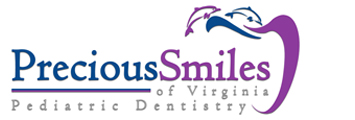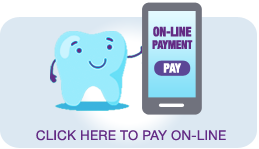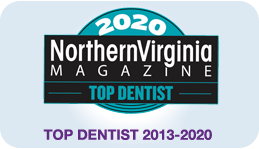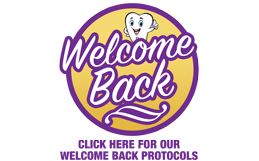Tell Show Do
We use this technique on virtually all young patients. We explain to our patients what we’re going to do. We show them what we’re going to do. And then we do it.
Voice Control
This technique is used to intercept inappropriate behavior as it begins. The dentist alters voice tone and volume to interject more authority.
Restraints
Very young children and some special needs patients are not able to understand why they need dental treatment. This technique is used to protect them from harming themselves. We only use restraints when absolutely necessary and with parents permission.
Nitrous Oxide
Some children are given nitrous oxide/oxygen, or what you may know as laughing gas, to relax them for their dental treatment. Nitrous oxide/oxygen is a blend of two gases, oxygen and nitrous oxide. Nitrous oxide/oxygen is given through a small breathing mask which is placed over the child’s nose, allowing them to relax, but without putting them to sleep. The American Academy of Pediatric Dentistry recognizes this technique as a very safe, effective technique to use for treating children’s dental needs. The gas is mild, easily taken, then with normal breathing, it is quickly eliminated from the body. It is non-addictive. While inhaling nitrous oxide/oxygen, your child remains fully conscious and keeps all natural reflexes.
Prior to your appointment:
Please inform us of any change to your child’s health and/or medical condition.
Tell us about any respiratory condition that makes breathing through the nose difficult for your child. It may limit the effectiveness of the nitrous oxide/oxygen.
Let us know if your child is taking any medication on the day of the appointment.
Conscious Sedation:
Conscious sedation is a management technique that uses medications to assist the child to cope with fear and anxiety and cooperate with dental treatment. Conscious sedation is a good option for children who have a level of anxiety that prevents good coping skills or are very young and do not understand how to cope in a cooperative fashion for the delivery of dental care.
Conscious Sedation is recommended for apprehensive children, very young children, and children with special needs. It is used to calm your child and to reduce the anxiety or discomfort associated with dental treatments. Your child may be quite drowsy, and may even fall asleep, but they will not become unconscious.
There are a variety of different medications, which can be used for conscious sedation. The doctor will prescribe the medication best suited for your child’s overall health and dental treatment recommendations. We will be happy to answer any questions you might have concerning the specific drugs we plan to give to your child.
Please call our office for any questions or concerns that you might have 703-455-1339
- Pre-Sedation-Instructions « Click to download
- Post-Sedation-Instructions « Click to download
General Anesthesia
Outpatient General Anesthesia is recommended for apprehensive children, very young children, and children with special needs that would not work well under conscious sedation or I.V. sedation. General anesthesia renders your child completely asleep. This would be the same as if he/she was having their tonsils removed, ear tubes, or hernia repaired. This is performed in a hospital or outpatient setting only. While the assumed risks are greater than that of other treatment options, if this is suggested for your child, the benefits of treatment this way have been deemed to outweigh the risks. The inherent consequences if this is not chosen are multiple appointments, potential for physical restraint to complete treatment and possible emotional and/or physical injury to your child in order to complete their dental treatment. The risks of NO treatment include tooth pain, infection, swelling, the spread of new decay, damage to their developing adult teeth and possible life threatening hospitalization from a dental infection.



